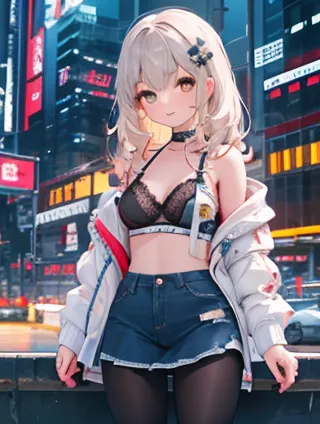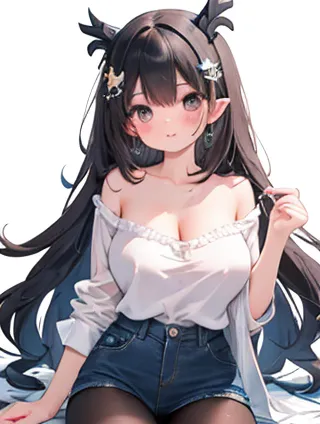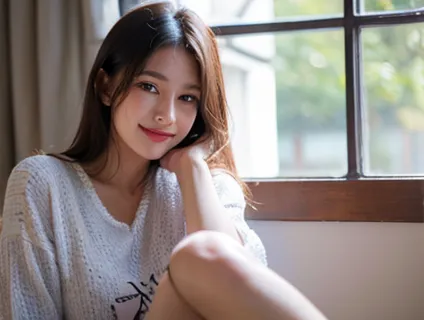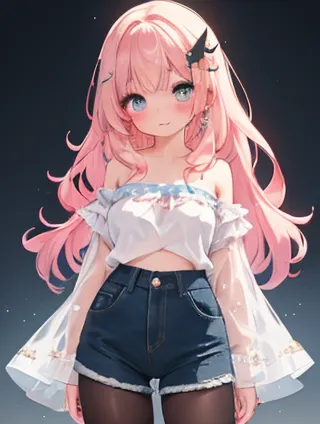BlackandWhiteTheClassicContrastinPhotography
In the realm of visual arts, black and white photography stands as a timeless classic, often evoking powerful emotions and rich storytelling through its stark contrasts. When considering the best pairing for black (or dark) elements in an image, one might turn to white or light-colored objects. However, this article will explore why other colors can complement black exceptionally well, focusing on specific palettes that enhance the elegance and impact of monochromatic images.
The Beauty of Contrast: Black and White Photography
Black and white photography emerged as a distinct art form in the early 20th century, when color film was not widely available or reliable. This medium has since become synonymous with classicism and nostalgia, often used to evoke specific moods and themes. The simplicity of black and white allows viewers to focus entirely on light and shadow, texture, and shape without being distracted by colors.
Complementary Colors for Black
While white is the most obvious choice to complement black, there are other options that can add depth and interest to a composition:
1. Red - A strong, vibrant red can be used sparingly to create a striking contrast against black backgrounds or objects. In photography, a red apple, flower, or any object with a deep crimson hue can make an impactful statement.
2. Yellow - A warm, sunny yellow can bring joy and warmth into the otherwise cool tones of black and white. Think of a bright lemon, sunlit daisy, or golden hour light filtering through leaves.

3. Green - Deep greenery can add texture and depth to an image, especially when paired with darker blacks. Consider a dark leaf from a tree in autumn or winter, its rich color contrasting sharply against the surrounding darkness.
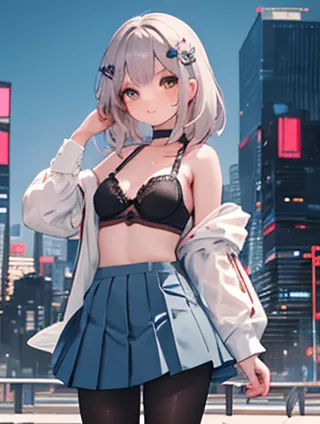
4. Blue - A deep blue, like navy or midnight blue, can provide a cool contrast that complements black well without overpowering it. Think of a night sky filled with stars or a sleek, modern vehicle on a dark road.
Examples of Color Combinations in Photography

To illustrate the effectiveness of these color combinations, consider the following examples:
1. Red Apple and Black Background - An apple placed against a completely black background can stand out dramatically. The red fruit becomes a focal point, breaking the monotony of the black while maintaining its elegance.
2. Yellow Daisy and White Light - A daisy with bright yellow petals captured in a light-filled scene can create a beautiful contrast. The white light emphasizes the brightness of the yellow, making it pop against the background.
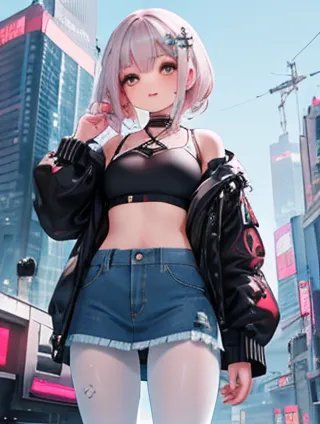
3. Green Leaf and Black Ground - Using a dark green leaf on a black background creates an interesting interplay between the textures. The detailed veins and edges of the leaf become more prominent as they stand out from the solid black.
4. Blue Sky and Black Water - In landscapes, a clear blue sky with dark clouds or a calm body of water can create a striking contrast. The blues add depth to the scene while the black elements give it a sense of mystery or depth.
Techniques for Enhancing Contrast
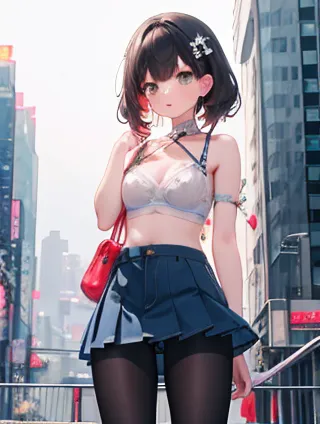
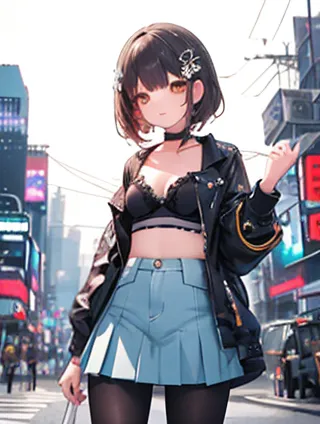
To effectively use these color combinations in your photography:
1. Use Filters and Effects - Post-processing tools like Adobe Lightroom or Photoshop can help enhance the contrast between colors. For example, applying a warm tone to red objects or adjusting exposure to make blues pop can further accentuate their presence.
2. Composition - Pay attention to how you frame your subjects within the image. Placing colorful elements off-center or in corners of the frame can draw more focus and add visual interest.
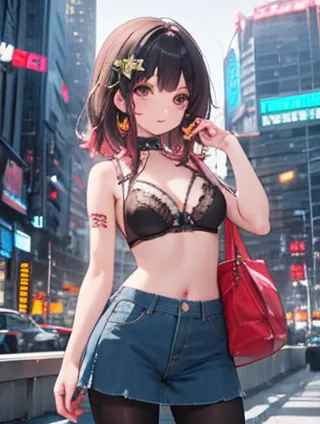
3. Lighting - Natural light is often best for capturing vibrant colors, but you can also use artificial lighting to highlight specific areas. A soft, diffused light can make colors appear softer and more harmonious, while harsher lights can create more dramatic contrasts.
Conclusion: The Art of Contrast
In the world of black and white photography, finding the right color to complement black elements is not just about adding a splash of color but enhancing the overall impact and meaning of the image. Whether it's a bold red apple, a vibrant yellow daisy, or a deep green leaf, these colors can bring life and emotion to your monochromatic compositions.
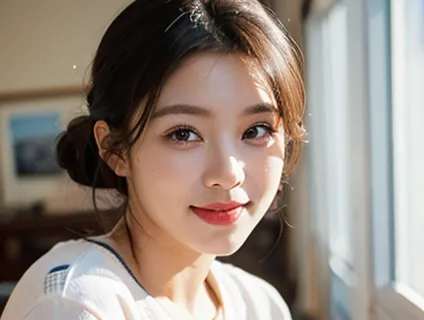
By understanding how different colors interact with black and experimenting with their placement within your photographs, you can create images that are not only visually stunning but also rich in narrative and emotional depth.





